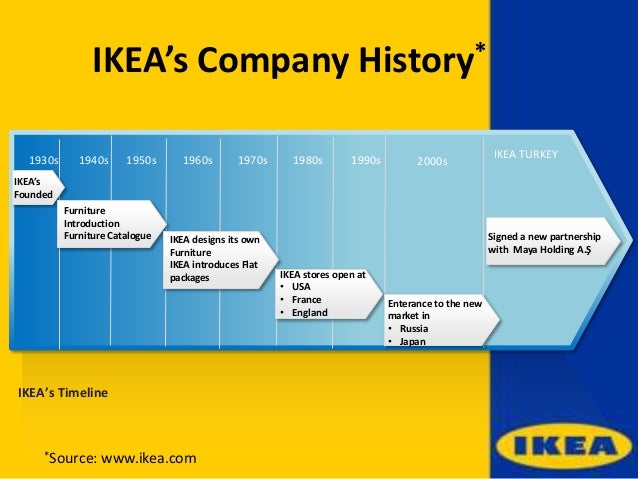
Steve Jobs famously suggested that customers do not always know what they want. Apple creates products and then finds the market for them later. The tech giant tends to be product-driven. They connect their top level strategy to their product development process. Apple’s product development strategyĪpple is an example of a platform/derivative strategy. This is a product development strategy that focuses on Amazon’s internal process, in engaging with customers to create a specific product that meets an identified need. They then work backward from the press release to the product. The press release has no technical jargon about technologies or UIs. They write the press release for the product first, and hone it until its language is simple enough for anyone to understand. Amazon likes to work backwards from the target market. Their product strategy is focused entirely around customer needs. Product development strategy examples (Technology) Amazon’s product development strategyĪmazon is an example of a customer-oriented approach to product development strategy. Learn how Coca-Cola, IKEA and Kellogg use product as an integral part of their corporate strategy in the free downloadable book, Or just scroll down the page. Read about our 5 general strategies and understand how Amazon, Apple, Google, Microsoft, and Netflix developed their tech strategies. Platform driven strategy: optimize flexibility, cost, and scale with a more internal strategy.Market/Customer oriented strategy use customer insights and competitive position.Time to market strategy: being first to market.



Product development strategy can be a subset of corporate strategy and not to be confused with the new product development process – it is a lot more.

Product development strategy enables product organizations to create a stream of innovative offerings that disrupt the competition and delight customers.


 0 kommentar(er)
0 kommentar(er)
